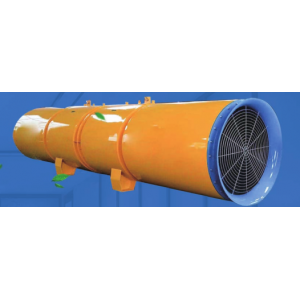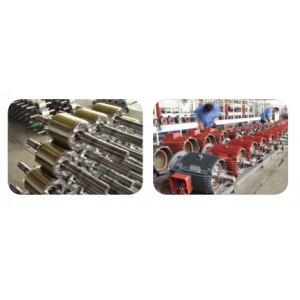Explain the structure of thair -conditioning unit for you
The air -conditioning unit is a complex system that contains multiple key components. These components work together to achieve air cooling, heating, dehumidification and purification.The following is a detailed explanation of the construction of the air -conditioning unit:
1. Compressor:
The compressor is the core component of the air -conditioning unit. It is responsible for inhaling low -temperature and low -pressure refrigerants. After compression, it improves its temperature and pressure to convert it into high temperature and high pressure gases.
The compressor is driven by motor to circulate the refrigerant in the system to achieve heat transfer.
2. Concubator:
The condenser is after the compressor. It is a heat exchanger used to heat the heat from high temperature and high -pressure refrigerant gas through heat transfer and condense into a high -pressure liquid.
The condenser is usually combined with the fan or cooling water system to accelerate the distribution of heat.
3. Expansion valve (throttling parts):
The expansion valve is a component that controls the flow of refrigerant. By adjusting the speed of the refrigerant to enter the evaporator, the pressure and temperature in the evaporator are controlled.
The expansion valve can be a capillary or thermal expansion valve, which is selected according to system requirements and refrigerant types.
4. Evaporator:
The evaporator is a component with a refrigerant from a low temperature and low -pressure liquid to a low -temperature and low -pressure gaseous. It achieves refrigeration by absorbing the heat in the air.
The evaporator is usually composed of many metal tubes. The heat is used to absorb heat through the radiator and fan, so that the air is cooled when the evapator is evaporated.
5. Fan (fan):
The fan is used to circulate air in condenser and evaporator to help heat dissipation and heat absorption.
The speed and air volume of the fan can be adjusted according to system needs to achieve better air circulation effects.
6. Control system:
The control system includes components such as sensors, controllers and actuators to monitor and control the operating status and temperature changes of the air -conditioning unit.
The control system can automatically adjust the flow of refrigerant and the speed of the fan according to the indoor temperature and humidity and other parameters to ensure the comfort of the indoor environment.
7. Other auxiliary components:
The air -conditioning crew also includes other auxiliary components, such as filters, dry filters, liquid circuit solenoid valves, filling valves, and maintenance valve interfaces.
These components play a role in protecting, filtering, and adjusting during the operation of the air -conditioning unit to ensure the normal operation of the system and extending the service life.
The above is the structure of the air -conditioning unit
 Pipe connection method of air
Pipe connection method of air
 Installation and debugging of
Installation and debugging of
 Advantages and adjustment meth
Advantages and adjustment meth
 How to debug a centrifugal cur
How to debug a centrifugal cur

